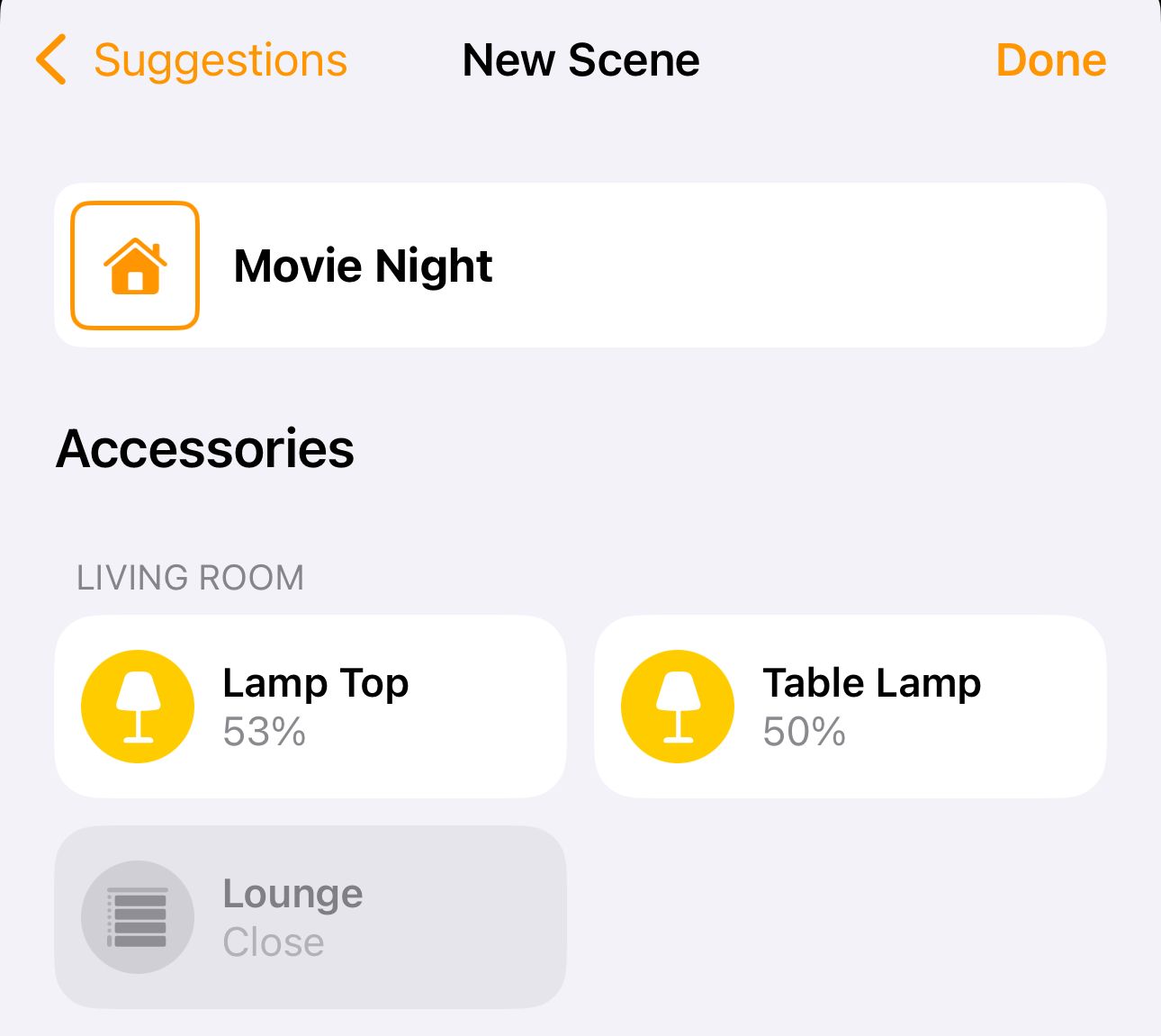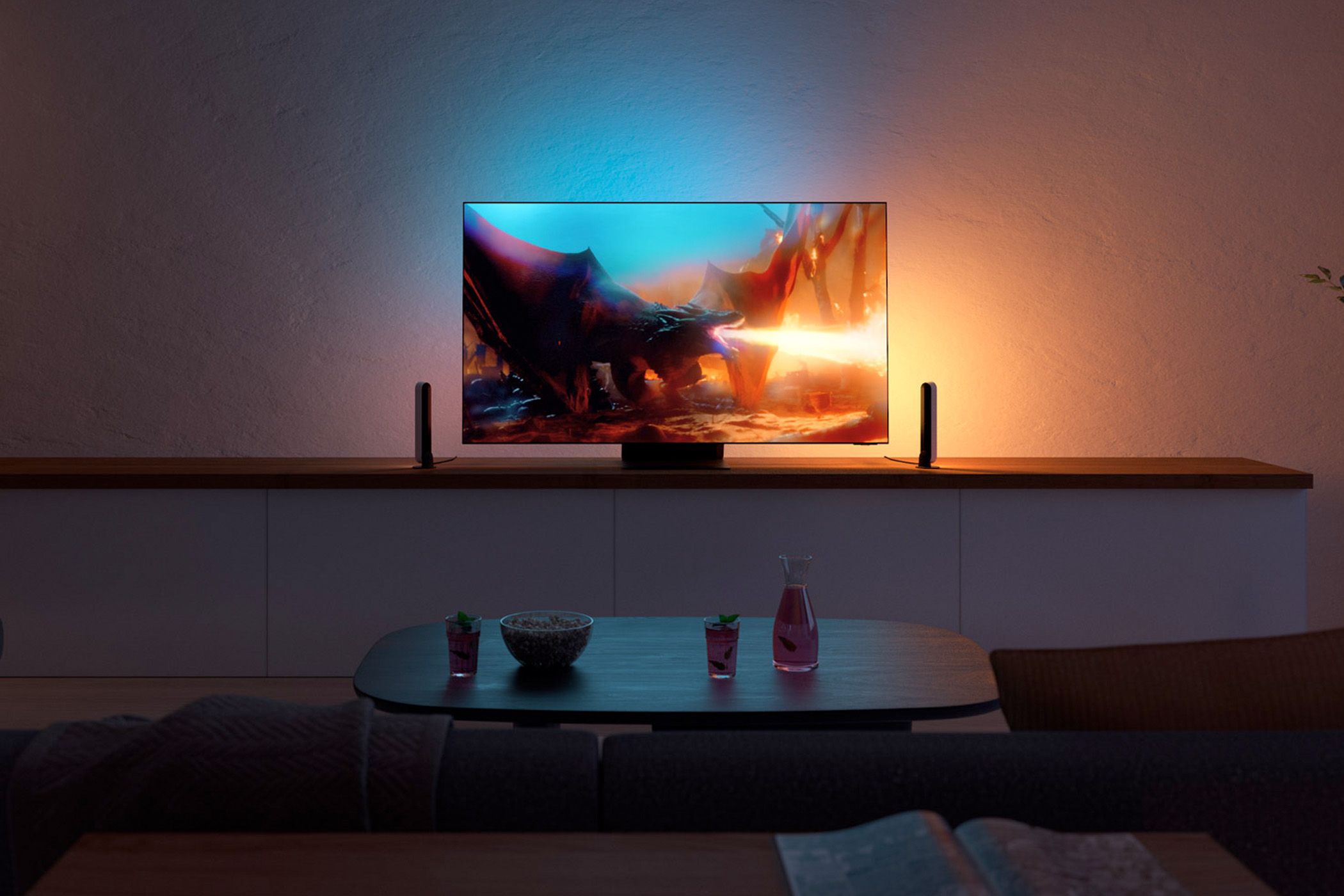Key points
- Scenes in smart homes are powerful, but creating them takes care.
- Problems can arise when scenes do not produce the expected result or irritate household members.
- Keep scenes simple, avoid trying to cover every eventuality, and focus on common scenarios for smoother operation.
Scenes are one of my favorite smart home features, as they allow me to automate all sorts of settings. A few minutes of setup saves me time and effort every day, but creating smart home scenes isn’t always straightforward. In the past, I’ve run into a few issues when creating them.
What are smart home scenes?
A scene is an easy way to activate multiple smart home devices with the touch of a button or a single voice command.
For example, when the last person goes to sleep at night, instead of having to individually turn off the lights that are on, you can tap a single “Good Night” button or issue the same voice command to turn off all the unwanted lights at once while simultaneously locking the door and turning on the bedroom lamps.
Similarly, you could have a movie-watching scene where the blinds close and the lights go out, or any number of other scenes. Over time, you’ll probably come up with plenty of ideas for your own scenes—I have a dozen of them in my own house.
How to create smart home scenes?
There are several different ways to create scenes:
The exact steps vary, but they all work similarly. In Apple’s Home app, for example, tap the “+” button on the home screen, then select “New Scene.” Select one of the suggested names or “Custom” to choose your own. Give the scene a name, then tap “Add Accessories.” Tap all the smart home devices you want to control, then tap each one to choose precise settings as needed. Tap “Done” to finish.
What I Got Wrong About Smart Home Scenes
During my time experimenting with smart home scenes, I made three big mistakes that taught me how to create better scenes.
Not taking into account all the accessories
Let’s take a “Movie Night” scene as an example. You’ve set it up to close the blinds and turn on some lamps at a low brightness (perhaps with some weird colors). You’ve used it a few times and everything is fine.
But the next time you use it, your dark room will be ruined by an extra light that stays on, and that’s because you don’t normally use that light, so your scene doesn’t include it. This is what happened to me when someone turned on my living room lights, which we don’t normally use, to get extra light while I was tidying up.
Therefore, creating a scene may require you to add more props than you initially expected, because you may need to include all The lighting in the room so you can explicitly turn off the ones you don’t want. There have been scenes where, even though I only wanted to put three lights on, I actually had to include nine or ten, just in case any of them were already on.
Irritating other members of the household
So, you took my advice, added all the extra lights in the room, and explicitly turned off the rest. Only now your partner is mad at you because he was working at his craft table while you were getting ready to watch TV and your scene just turned off his work lighting!
The implicit assumption in the “Movie Night” scene is that everyone in the room will be watching TV together. But if that’s not always the case, you may need to deliberately exclude some props from the scene.
You have to be very careful when creating scenes that span multiple rooms. For example, I work in a home office and had a “Coming Home” scene that turned off all the lights in my office and turned on calming lighting in the living room for my long walk down the hall. That worked fine for a while, as I finished work before my partner got home. But the first time she got home before me, my scene changed the lighting I had already chosen for her in the living room.
This type of problem is made worse by the fact that the lights are controlled before they reach one of the affected rooms. That means that when the lights start doing unexpected things, other family members won’t even know why it’s happening.
Creating overly complex scenes
When trying to solve all these problems, one can get carried away. At one point, it became almost a point of pride for me to create a complete set of scenes that could accommodate all eventualities. This involved some truly tortuous logic trees, full of “if this, then that, else, something else” statements. That’s where the madness goes!
Even if you manage to create a separate scene for each possible scenario, chances are you won’t remember all of their different names, so by trying to make a task easier, you’re actually making it harder.
The sensible approach to creating scenes
I eventually decided to reflect on the wisdom of Afroism, “just because you can doesn’t mean you should.” In particular, I abandoned almost all scenes with multiple rooms and instead split them into two.
So now, “Back Home” just turns off the office lighting and turns on the hallway lights, while “Relax in Living Room” sets cozy lighting in the living room (and turns off the hallway lighting) once I get there. Now the only major multi-room scene I have left is one that triggers when the last person leaves the house – that one turns off. all lights.
Sometimes it’s better to keep things simple: stick to the most common scenarios, create scenes for them, and be prepared to suffer the indignity of occasional manual checking for exceptions.





